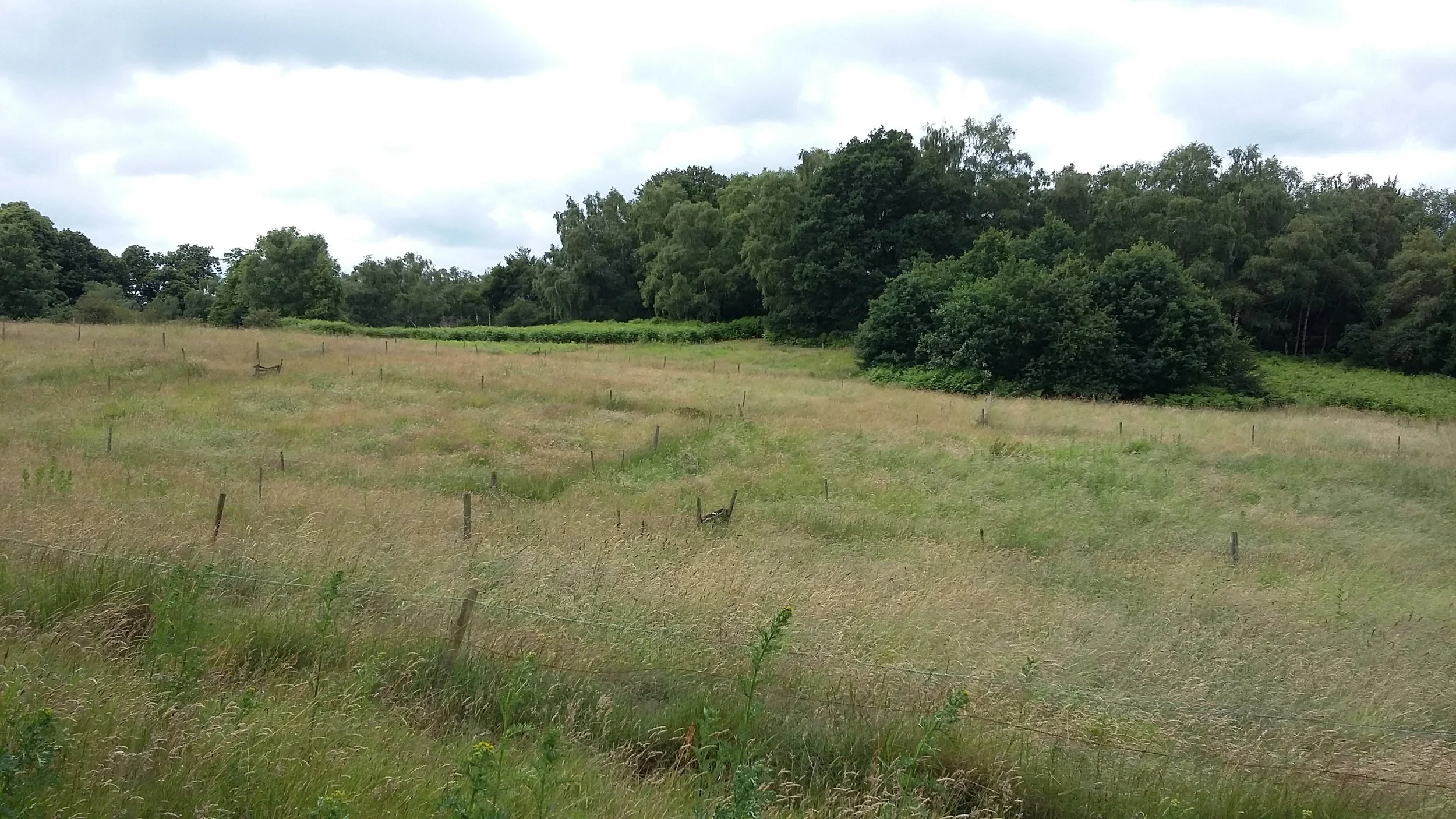England
ECT Media
Listen to Mick Crawley on the Silwood Park LTEs
Watch Thomas Bell explaining the importance of studying soil bacterial communities.
aerial view of nash field plots
Background
One the most important impacts of human activity on herbaceous ecosystems is the application of fertilisers and the alteration of grazer-plant interactions.
Nash's Field experiment is situated in a section of grassland at the Silwood Park campus of Imperial College London. Since 1992, it has been manipulated to understand how the availability of nutrients and herbivory influence plant species composition and productivity, and how their effects impact other organisms and ecosystem functions.
This experiment has been supported by the Department of Life Sciences at Imperial College London and more recently by NERC grants to Dr Thomas Bell.
Experimental Design
The experiment is a factorial split-plot design, replicated in two blocks of 22 x 44m plots. The experimental plots receive a combination of treatments that include:
application of four nutrients in different combinations (N, K, P, Mg)
exclusion of vertebrates (rabbits)
exclusion of invertebrate herbivores (insects and molluscs)
manipulation of soil pH through periodic applications of lime
application of selective herbicides
Initiated by Professor Mick Crawley, treatments have been applied to all plots continuously since 1992. Data has been collected relating to the standing biomass or percentage coverage of each plant species present in all plots.
Key Results to Date
Rabbit herbivory is the primary factor determining plant community structure in Nash's Field grassland. Invertebrate herbivores have lesser impact but their effects are substantial enough to change the biomass of individual species and thus modify the structure of the community (Del-Val & Crawley, 2005). Exclusion of insects causes an increase in the dominance of grass species which in turn results in higher productivity but a loss of plant diversity. In contrast, the exclusion of molluscs, which feed selectively on seedlings of herbs, increase plant species richness but have no effect on biomass (Crawley, 2005, Allan & Crawley, 2011). Changes in plant community due to exclusion of invertebrate herbivores became apparent only after 8 years of the experiment (Allan & Crawley, 2011).
Exclusion of herbivores, particularly invertebrates, significantly decreases soil microbial biomass, community structure and abundance of microbial genes associated with biogeochemical cycles. These impacts appear to be driven by both the direct alteration of nutrient input into the soil and indirectly through changes in the plant community (Macdonald et al, 2015).
Fertilisation with a combination of nitrogen and phosphorus, both limiting nutrients in the soil of Nash's Field, results in an increase of plant biomass and a substantial reduction in plant species richness (Crawley, 2005). The addition of nitrogen also increases soil carbon sequestration when applied alone, but not when combined with potassium, magnesium and phosphorus. This effect is independent of soil pH or the composition of the plant community (Fornara et al, 2013).
Further Information and Data Availability
Further detail on the experimental design is available via the Silwood Park website.
Nash’s Field experiment is available as a research platform for ecologists to use. For access, consult the Silwood Park website or contact Dr Catalina Estrada.







